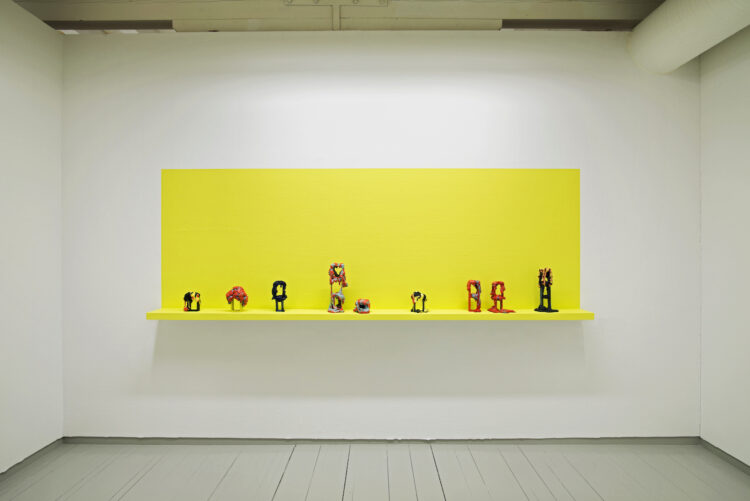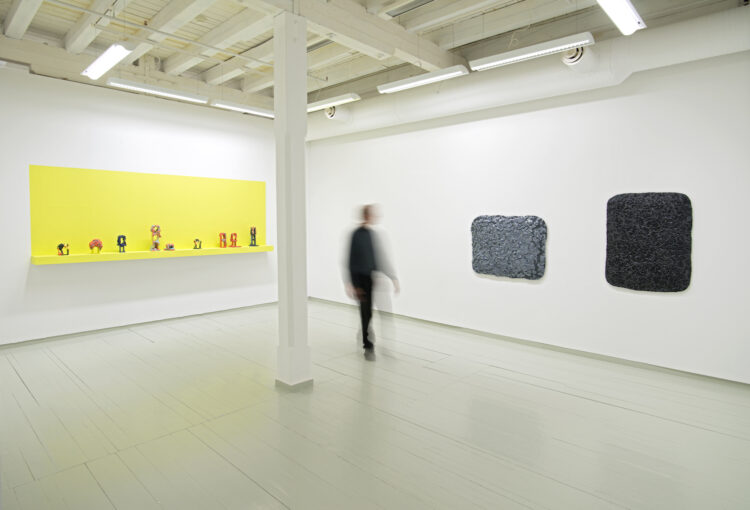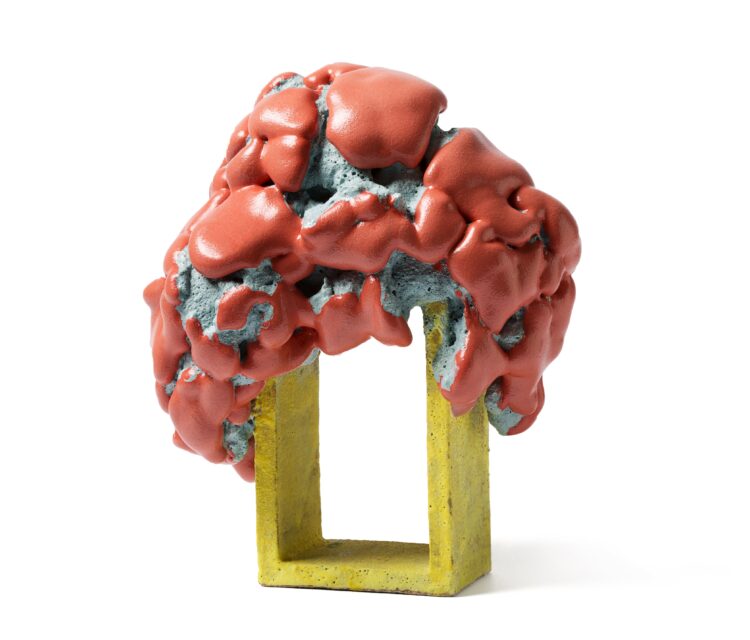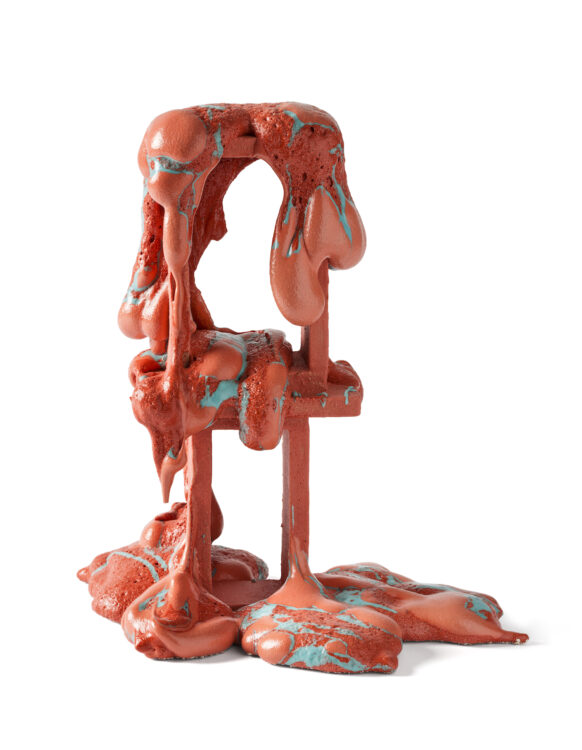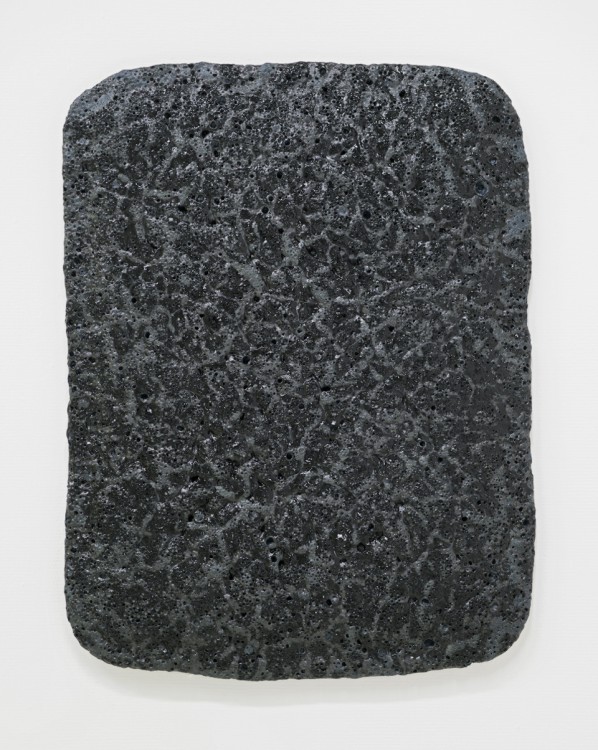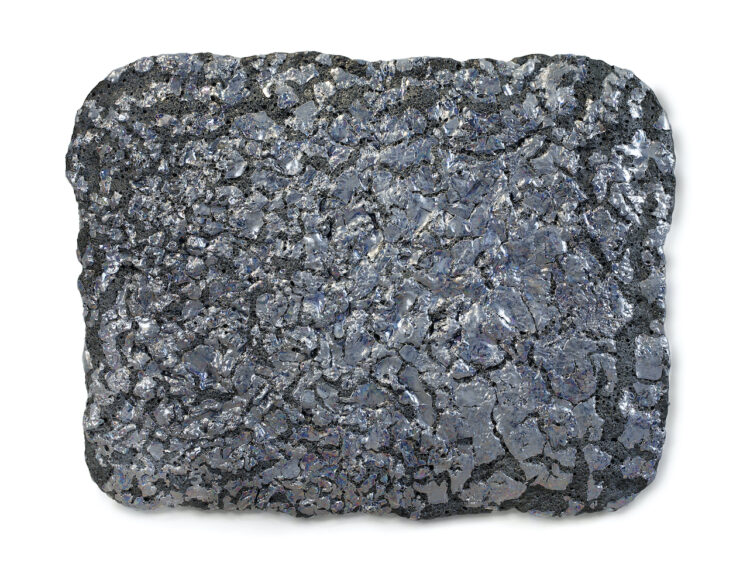Group exhibition, Bomuldsfabriken Kunsthal, Norway, 2015
The exhibition Zwinger und Ich documents the artistic results of a network collaboration between 9 scandinavian artists funded by Kulturkontakt Nord, IASPIS and Norsk Kulturråd.
The collaboration was initiated by a study tour to the Zwinger Palace, which formed the backdrop for the exhibition. The Zwinger Palace in Dresden was built in 1709 by the Saxion emperor August the strong, who had a great passion for oriental porcelain and imported it in vast quantities. 1709, being the heyday of alchemy, both gold and porcelain were known as the enigmatic gold that the alchemists of the time were commissioned to produce. They succeeded in their task, and Meissen became the first European porcelain factory to open in 1710. Today the Zwinger Palace holds one of the largest collections of porcelain.
Catalogue text by Gitte Jungersen:
Feldspar, Silica and China Clay
When you walk around in the huge porcelain collection at the Zwinger Palace, you know the material, it is so familiar, and you have seen it everywhere. But back in the 18th century it was new, and you have to imagine the sensation they must have felt when they were discovering it.
Now, I might have to explain this to you; porcelain is a mixture of three raw materials, feldspar, quartz and china clay. They are all mineral powders, raw materials from a mine or dug up from the ground. These raw materials are also used to make ceramic glazes; you often add some extra materials, but feldspar, quartz and china clay form the basic substance. I have experimented with exactly the same materials and attempted to do something which texturally feels new and fresh. I have asked myself what glaze really is, and why this melting and stiffening substance is so intriguing.
A glaze is made of the above minerals that blend when fired, to become something new. You could say that the glaze is “born” at the moment the minerals fuse together. I push these well-known substances to their limits, where the new material actually also dies, so to speak, in order to reach a kind of destruction of the ordinary textural sense. A sense of something that becomes and dissolves at the same time. I weigh and note, test and plan, to a degree where the glazes are driven to move as violently and chaotically as possible when they merge. In the best cases I succeed in balancing it all on the edge between chaos and control, like a solidified snapshot of a violent process. The glazes evoke dual associations in their textures and colours: As a raw and chaotic force of nature, but simultaneously a steaming artificiality in colour and texture – as an “edible” substance, at once both deliciously candy-like, and an alien and overwhelming mass occupying space.
Exhibition view (2015)
Exhibition view (2015)
Little Hybrids and All is Flux #2 and #3.
Little Hybrid #13 (2015)
22 x 14 x 19 cm. Clay and glazes.
Little Hybrid #11 (2015)
25 x 16 x 21 cm. Clay and glazes.
All is Flux #3 (2015)
108 x 85 x 7 cm. Several glazes in layers.
All is Flux #2 (2015)
85 x 108 x 7 cm. Several glazes in layers.
See more pictures from these two work series:
